Staying ahead of the curve is essential in the rapidly evolving labeling industry. The Century Printing and Packaging team, led by the expertise of Ben and Neil, has made it their goal to advance with the movement toward RFID (Radio-Frequency Identification) labels. Recently, they attended a conference at Auburn University, where they were immersed in the latest trends and requirements in the RFID labeling sector.
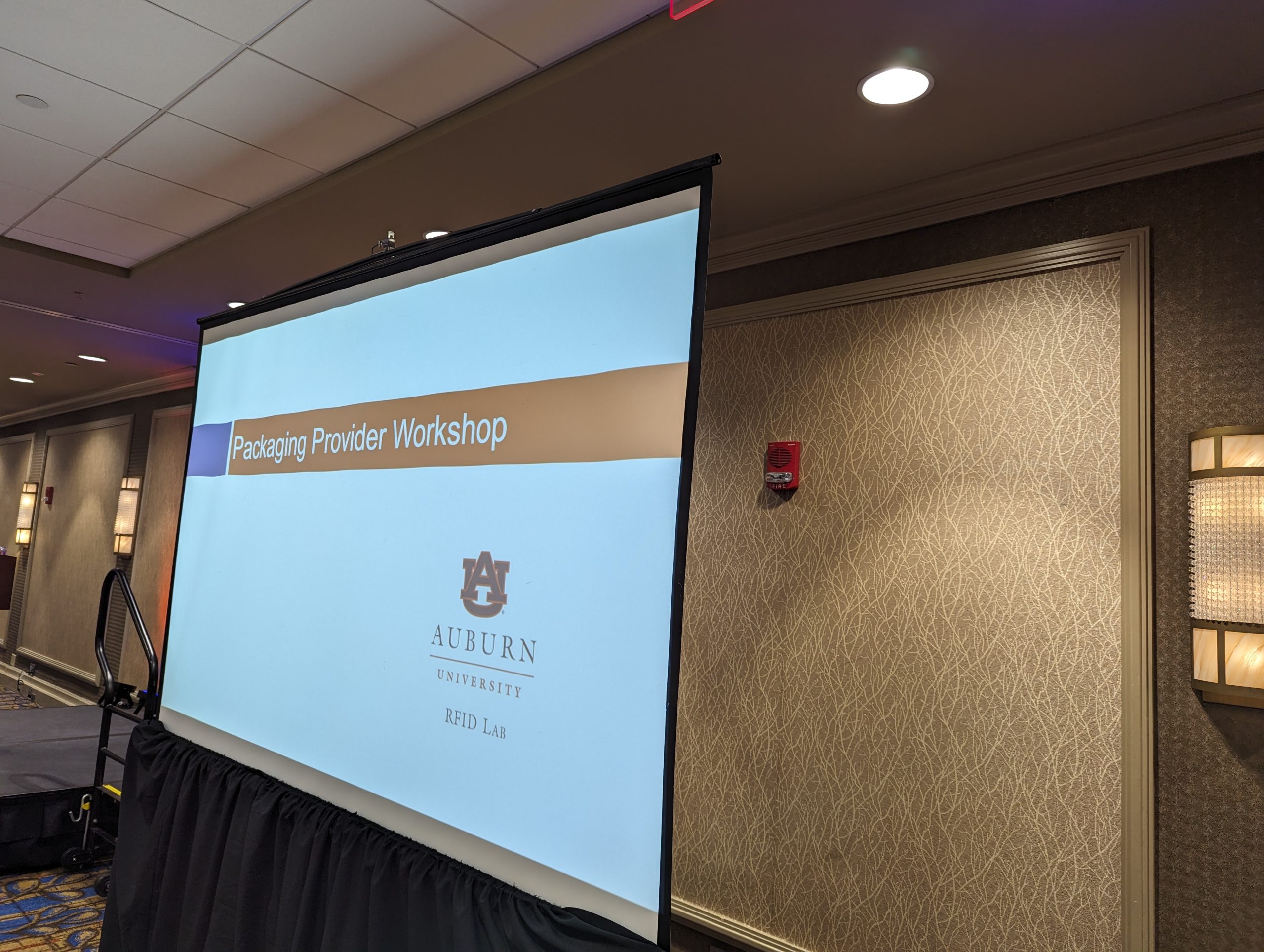 Auburn University’s RFID lab, a beacon of innovation in Radio-Frequency Identification technology, is pivotal in advancing RFID applications across various sectors and helping businesses integrate this technology into their operations effectively. Through its cutting-edge research and hands-on approach, Auburn’s RFID lab is shaping the future of this revolutionary technology and its impact, providing reassurance about the industry’s progress.
Auburn University’s RFID lab, a beacon of innovation in Radio-Frequency Identification technology, is pivotal in advancing RFID applications across various sectors and helping businesses integrate this technology into their operations effectively. Through its cutting-edge research and hands-on approach, Auburn’s RFID lab is shaping the future of this revolutionary technology and its impact, providing reassurance about the industry’s progress.
Ben and Neil traveled to Auburn University’s RFID conference on Wednesday, April 3rd & Thursday, April 4th, in Auburn, Alabama. Their mission was simple: learn from experts in the industry, network with peers, and gain a deeper understanding of how RFID technology is reshaping the packaging landscape. The annual conference at Auburn University is a pivotal event for those looking to stay ahead by gaining the essential expertise to educate their teams and customers. The conference was centered around source tagging and RFID technology, which provided valuable insights into the latest trends, requirements, and best practices in the field. With workshops, presentations, and discussions conducted by leading experts, the two days spent in Auburn offered a comprehensive and informative experience that will be influential in the early and later stages of RFID adoption. One key trend discussed at the conference is the increasing adoption of RFID tags by major retailers like Walmart. These tags are now a requirement for many products, and Auburn University’s RFID lab plays a crucial role in approving packages with RFID tags.
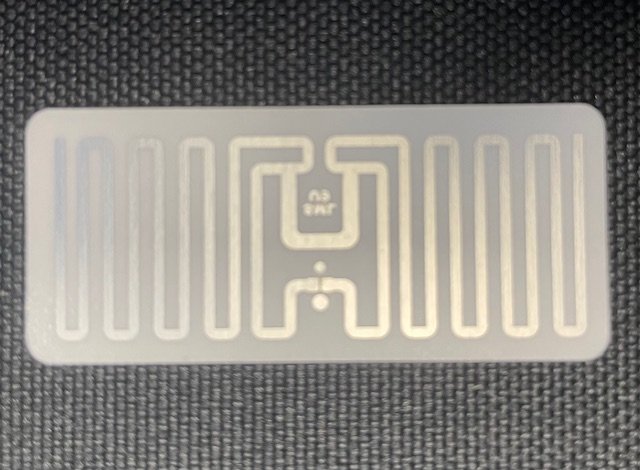 Packaging providers, like CP&P, play a crucial role in this shift towards RFID technology, eventually leading to the natural extinction of the universal, widely accepted barcode. As retailers and other industries increasingly adopt RFID tags for their products, packaging providers are instrumental in integrating these tags into their everyday solutions. The ARC lab prioritizes partnering with packaging providers to ensure their active involvement in the RFID process. This essential collaboration ensures that businesses have a thorough understanding of the process and are prepared to use this information to shape future decisions.
Packaging providers, like CP&P, play a crucial role in this shift towards RFID technology, eventually leading to the natural extinction of the universal, widely accepted barcode. As retailers and other industries increasingly adopt RFID tags for their products, packaging providers are instrumental in integrating these tags into their everyday solutions. The ARC lab prioritizes partnering with packaging providers to ensure their active involvement in the RFID process. This essential collaboration ensures that businesses have a thorough understanding of the process and are prepared to use this information to shape future decisions.
One of the main challenges in adopting RFID technology is the possibility of signal interference with certain products. Materials like metal or products that contain liquids might obstruct or weaken RFID signals, making it hard to read tags accurately. It is essential to recognize that onboarding and verification are critical, particularly in situations involving products with these characteristics.
As exemplified by their attendance at the conference, Century Printing and Packaging is not just keeping pace with industry changes but leading the way. They’ve received positive feedback from previous RFID initiatives and are already seeing customer requests based on their expertise. While at the conference, Ben and Neil engaged with multiple vendors regarding equipment and possible investment in the future. This investment will ensure they can offer customers more integrated and efficient solutions while meeting major retailers’ evolving requirements.
As RFID technology progresses, it’s poised to replace barcodes as a ubiquitous labeling solution. The food market, in particular, is expected to see significant growth in RFID adoption to help with issues such as traceability and rotation. CP&P aims to educate its customers and help them choose the best solutions. By providing cost-effective options and staying on top of future demands, they ensure their customers are well-equipped to meet the challenges of an increasingly RFID-driven market.
Century Printing and Packaging’s commitment to innovation and customer satisfaction sets them apart as a leader in the RFID labeling industry. With their proactive approach and dedication to excellence, they’re well-positioned to meet the ever-changing pressures of the market and provide the best solutions to their customers.

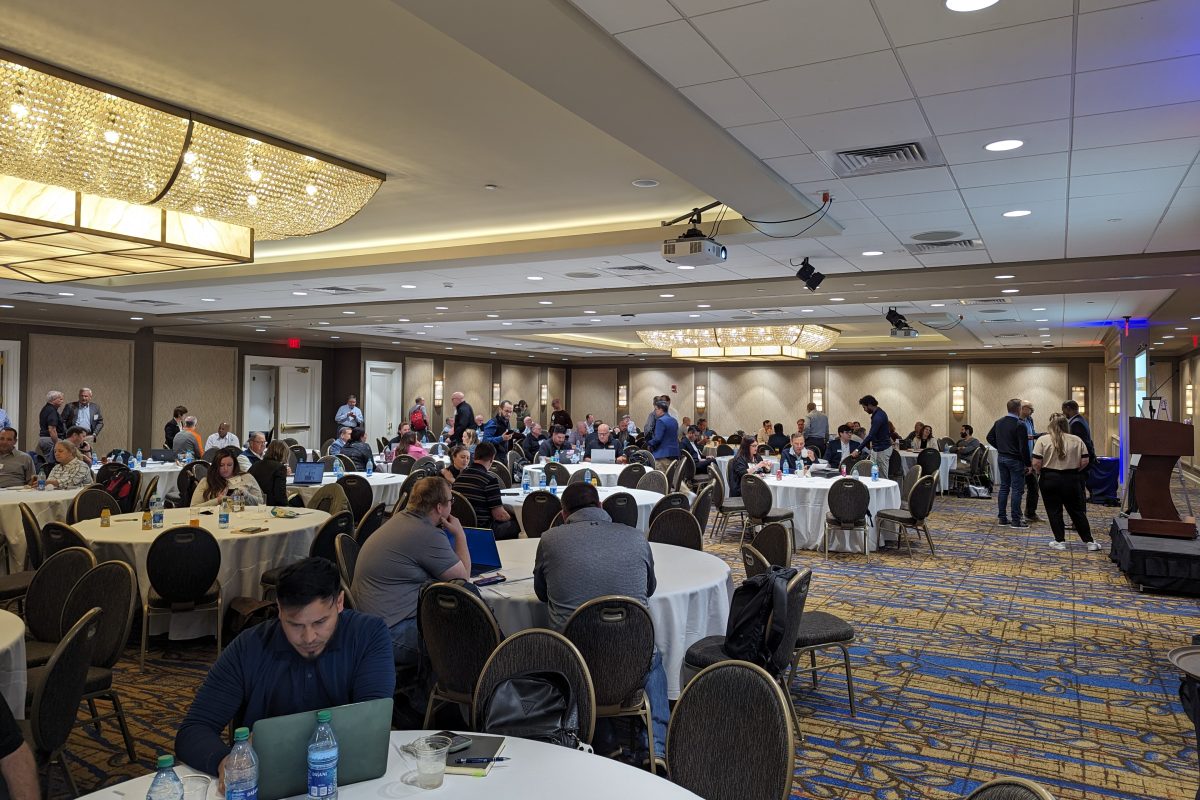

 Price
Price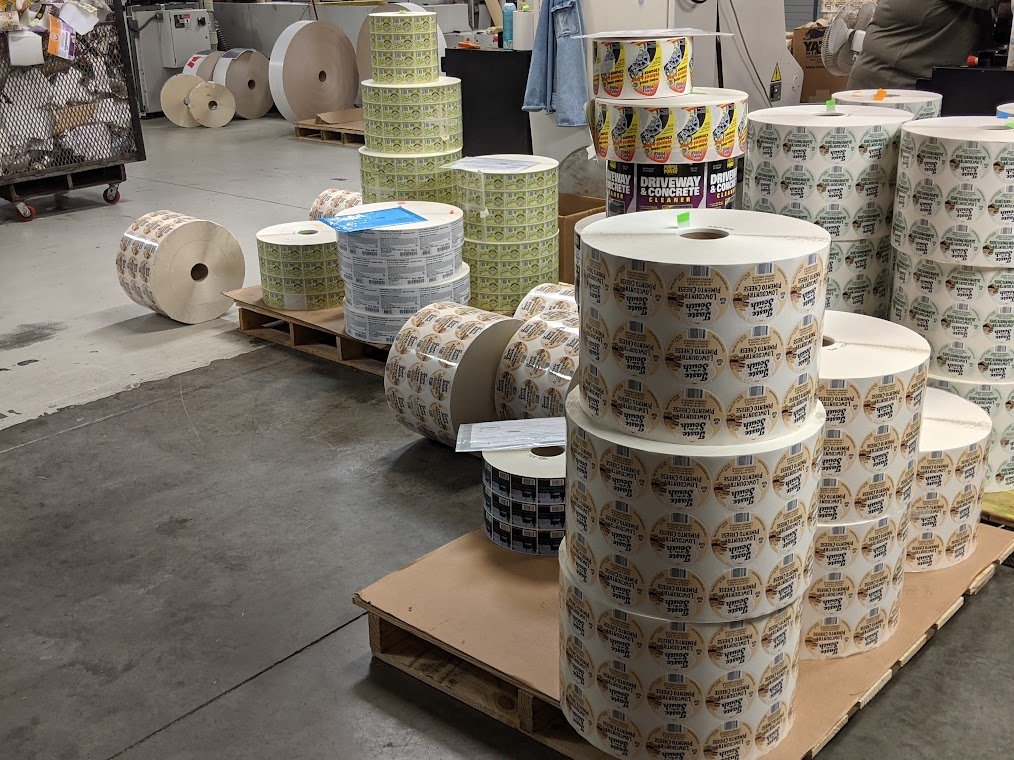
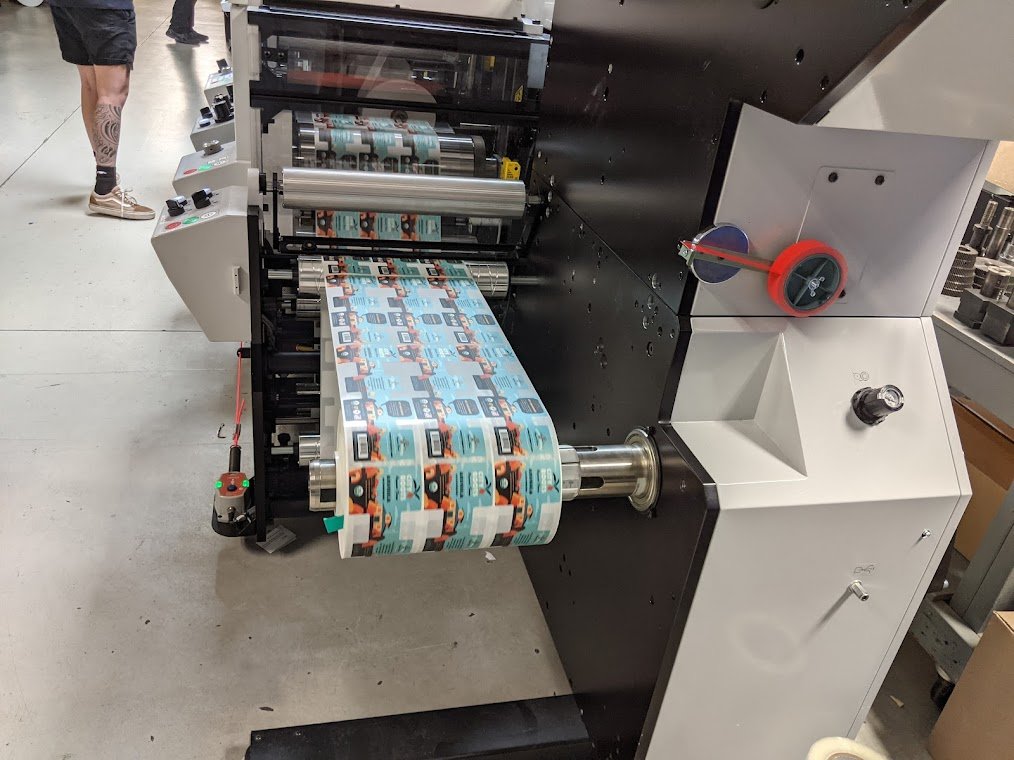 John Bailey decided to reach out to CP&P about an opportunity with Ben and Neil. They assigned and presented him with two different tasks to take place over a month during his interim period–
John Bailey decided to reach out to CP&P about an opportunity with Ben and Neil. They assigned and presented him with two different tasks to take place over a month during his interim period–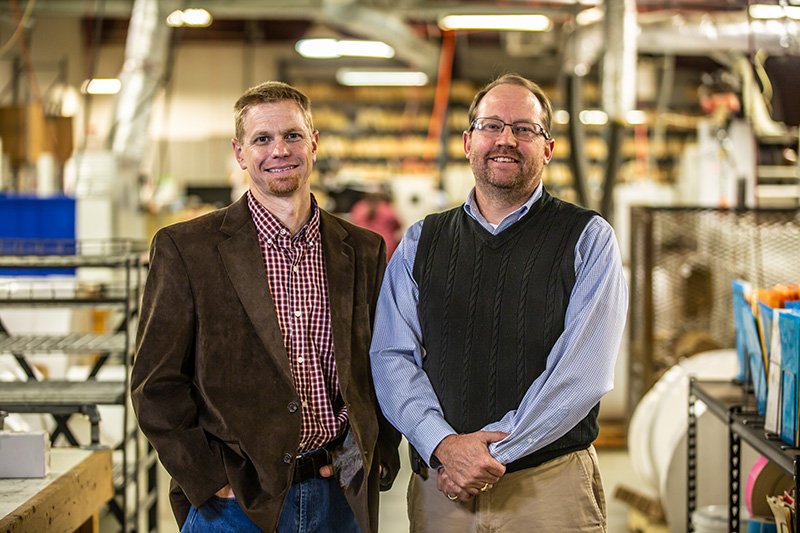 Because of the numbers that JB collected while on the production line, Ben and Neil can now integrate real-time data into their pricing models. This specificity of his data has provided better insights to pull from when determining current and future business and financial endeavors. The Century Management team is currently integrating this real-world data into their pricing models to ensure their costs are accurate and they can offer customers competitive pricing.
Because of the numbers that JB collected while on the production line, Ben and Neil can now integrate real-time data into their pricing models. This specificity of his data has provided better insights to pull from when determining current and future business and financial endeavors. The Century Management team is currently integrating this real-world data into their pricing models to ensure their costs are accurate and they can offer customers competitive pricing.
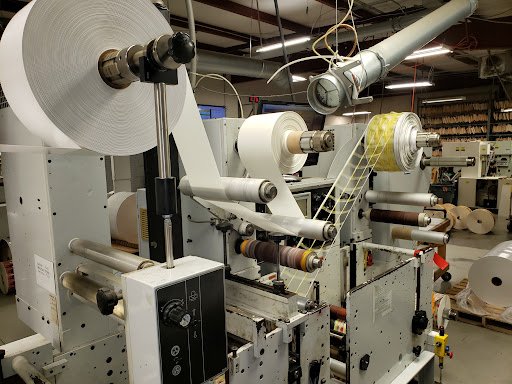
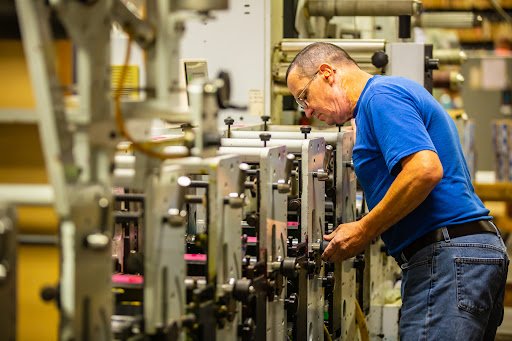 Century Printing and Packaging is still a family business, locally owned and operated that believes in building relationships with customers in order to meet or exceed their expectations by focussing on customer support and service while implementing the most innovative and creative printing and packaging technology available.
Century Printing and Packaging is still a family business, locally owned and operated that believes in building relationships with customers in order to meet or exceed their expectations by focussing on customer support and service while implementing the most innovative and creative printing and packaging technology available.